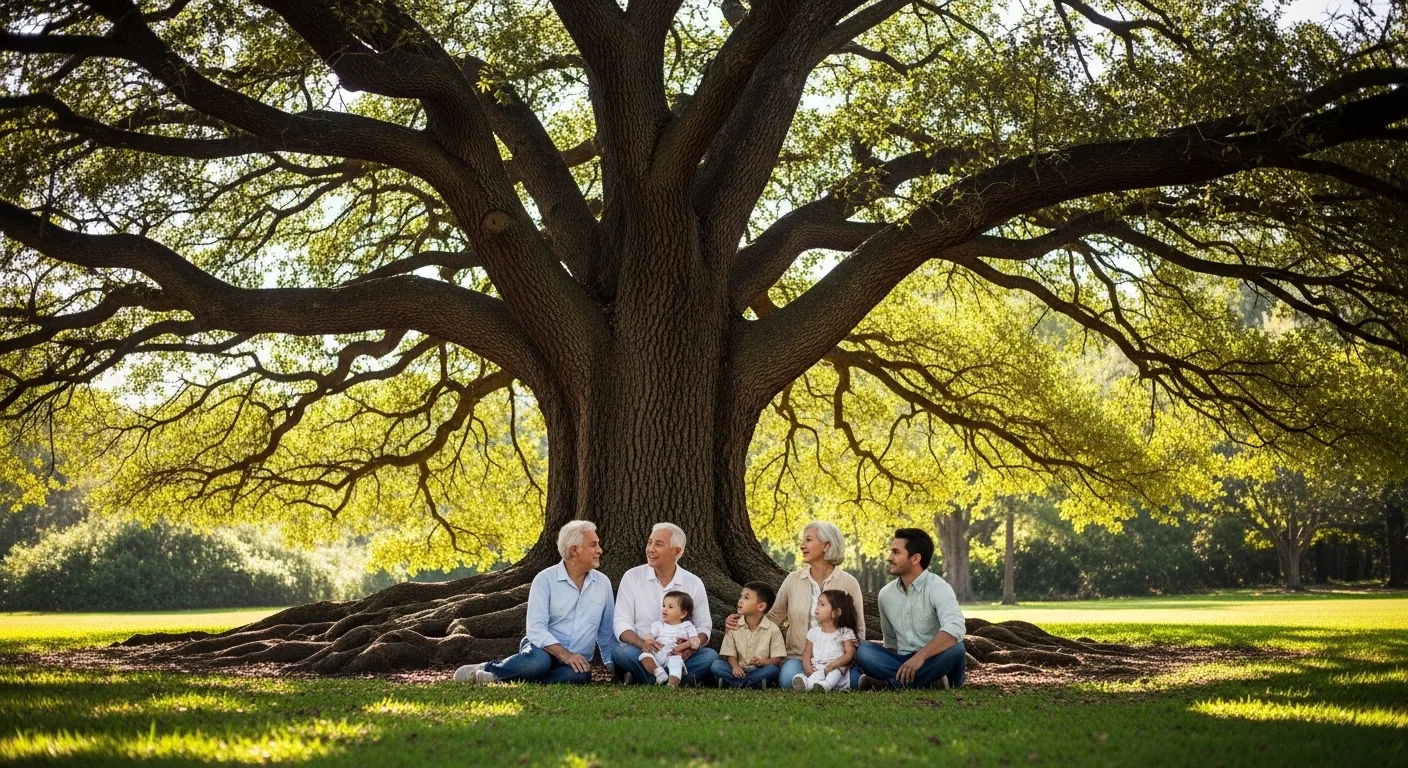Senior Centers in the United States serve as a beacon of community support, offering a multitude of social, educational, and health services to older adults. These institutions have undergone remarkable transformations since their inception, evolving to meet the changing needs of senior citizens. The history of Senior Centers reflects shifts in societal attitudes towards aging, demonstrating the resilience and adaptability of these centers to meet the demands of different generations.
Origins and Early Development
The origins of Senior Centers in America can be traced back to the 1930s, during the Great Depression, when President Roosevelt began his New Deal program. This program established community centers that offered recreational and educational activities to various age groups, including the elderly. However, it wasn’t only for seniors.
The first formal Senior Center in the United States, The William Hodson Community Center, was established in 1943 in the Bronx, New York. Its founding was a response to the changing dynamics of an aging population. The center was designed to promote social interaction among older adults and provide essential services such health, food and counseling. Because the Hodson Community Center was so successful it led to the creation of more Senior Centers across America.
The Spread of Senior Centers Across the United States
Following the establishment of the William Hodson Community Center, the senior center model began to spread across the country, with states adopting and adapting the concept to meet the needs of their aging populations.
Northeast Region
Massachusetts established its first senior center in Boston in 1949, known as the Boston Golden Age Center. It quickly became a model for other cities within the state and region.
Pennsylvania followed in 1952 with the Philadelphia Senior Citizens Center, which pioneered innovative social programs specifically designed for older adults in urban settings.
Connecticut opened the Hartford Senior Center in 1955, which was notable for its focus on intergenerational programs connecting seniors with local schools.
Midwest Region
Illinois established the Chicago Senior Citizens Center in 1951, which was among the first to integrate healthcare services directly into the senior center model.
Michigan opened the Detroit Friendship Center in 1954, which became known for its vocational training programs that helped seniors develop new skills for part-time employment.
Ohio launched the Cleveland Senior Network in 1956, which created a hub-and-spoke model connecting multiple neighborhood centers under one administrative umbrella.
Southern Region
Florida, recognizing its growing retiree population, established the Miami Beach Senior Center in 1950, which pioneered recreational programming for active older adults.
Texas opened the San Antonio Golden Age Center in 1953, which was notable for its culturally specific programming that respected the diverse heritage of its participants.
North Carolina created the Raleigh Senior Fellowship in 1957, which was among the first to establish formal partnerships with local hospitals for on-site health services.
Western Region
California established the San Francisco Senior Center in 1947, making it one of the earliest centers outside of New York. It was innovative in developing wellness programs that focused on preventive health.
Washington opened the Seattle Silver Circle in 1952, which pioneered outdoor recreational programs taking advantage of the Pacific Northwest’s natural environment.
Colorado launched the Denver Golden Age Club in 1954, which was notable for its altitude-appropriate exercise programs designed specifically for older adults.
The Expansion Pattern
The expansion of senior centers followed several notable patterns:
- Urban to Rural: Senior centers initially appeared in major metropolitan areas before spreading to smaller communities and rural regions.
- Regional Adaptation: Each region developed centers that reflected local cultural values and responded to specific regional needs.
- Service Evolution: Early centers focused primarily on social engagement, but gradually expanded to include nutrition, health services, and educational programs.
- Infrastructure Utilization: Many early senior centers repurposed existing community spaces such as schools, churches, and municipal buildings before dedicated facilities were constructed.
- Funding Models: Centers evolved diverse funding approaches, with some relying heavily on municipal support while others developed public-private partnerships.
By the early 1960s, nearly every state had established at least one formal senior center, though the quality and scope of services varied considerably. This nationwide growth laid the groundwork for the more standardized approach that would emerge with the passage of the Older Americans Act in 1965.
The Golden Age of Senior Centers
The Older Americans Act of 1965 was important to the establishment of Senior Centers around America. The act acknowledged the specific needs of the elderly and officially advocated for the establishment of centers where older adults could access essential services and activities in the community. The Act resulted in substantial federal funding, leading to more Senior Centers being created nationwide.
During the 1970s and 1980s, Senior Centers served primarily as hubs for recreational activities, such as bingo, card games, dances, and communal meals. They also provided critical health and social services, including health screenings, exercise classes, transportation, counseling, and assistance with government benefits. This era marked the golden age of Senior Centers, with thousands of such centers opening their doors across the nation.
Adapting to Changing Needs
By the 1990s, the role of Senior Centers began to shift. The new generation of seniors was healthier and more active than previous ones, and demanded more diverse services and activities. In response, many centers began to expand their offerings, incorporating lifelong learning programs, volunteer opportunities, travel groups, computer classes, and more sophisticated health and wellness programs.
The escalating cost of healthcare and the increased life expectancy highlighted the need for centers to provide more robust health and social care. Many Senior Centers began to collaborate with healthcare providers, offering on-site health care services, including education programs, chronic disease management and therapy.
The 21st Century and Beyond
In the 21st century, Senior Centers have continued to evolve, incorporating more modern technologies and strategies to improve the quality of life for seniors. Many senior centers now integrate modern technology in their offerings and teach seniors how to use computers and various tools online.
The future of Senior Centers will continue to evolve as societal needs adapt and change. As the population ages and expectations shift, these centers must remain adaptable, ensuring they continue to meet the diverse needs of older adults.
From their humble beginnings during the Great Depression to their integral role in today’s society, Senior Centers have been a vital part of American communities, and they continue to evolve and adapt to meet the needs of seniors across America.











